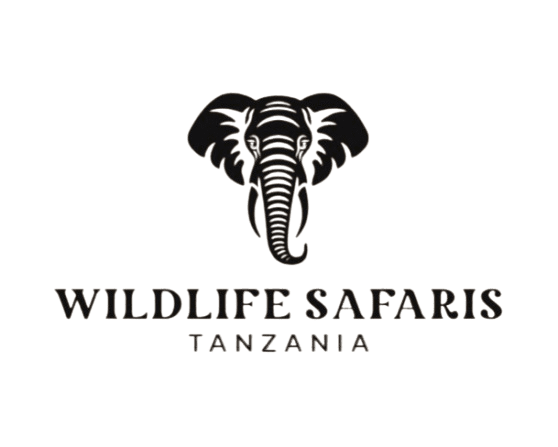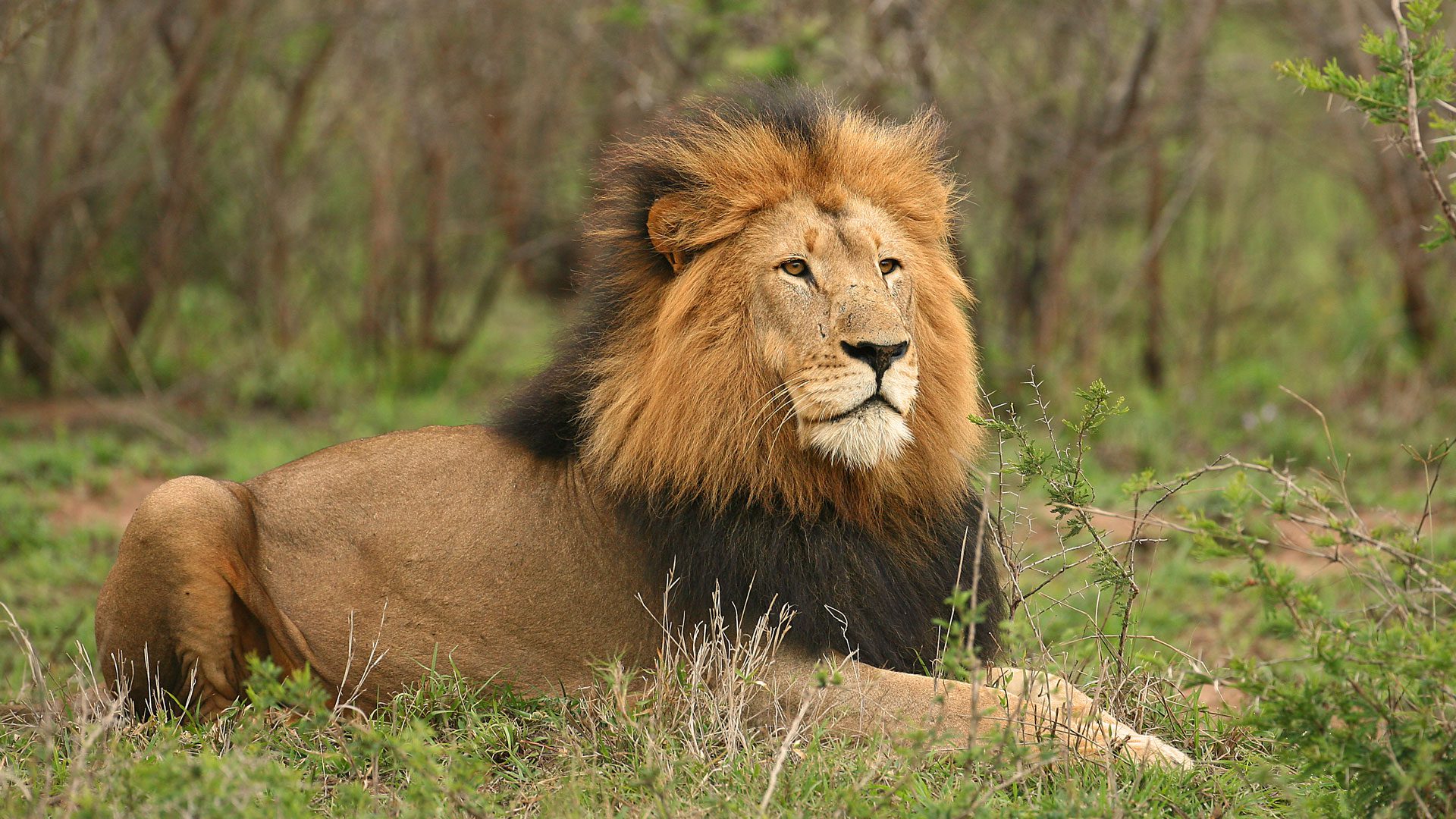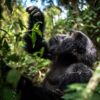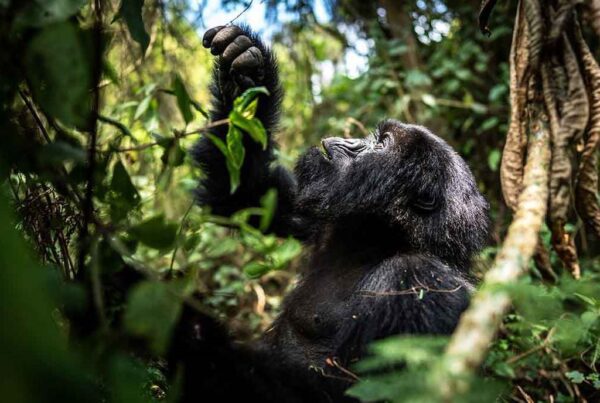Top 7 Animals to Spot on a Safari in Tanzania
Top 7 Animals to Spot on a Safari in Tanzania; Sure, everyone has their dream safari destinations they’d like to visit on their next vacation. Many ecotourists include Tanzania in their bucket list, and for good cause. Millions of animals, including gazelles, wildebeests, and zebras, are constantly migrating in quest of better pastures, and some people admire the country’s own show, the Great Migration. Some people would rather see the Big Five, a group of potentially hazardous wild animals.
We take it that you have a compelling reason to visit Tanzania and, maybe, a wish list of creatures you would like to observe, given that each guest is special in their own way. Our favorite creatures in Tanzania are on this list, though, so you won’t miss them. The parks of Tanzania might be even more exciting if you combine this list with your own.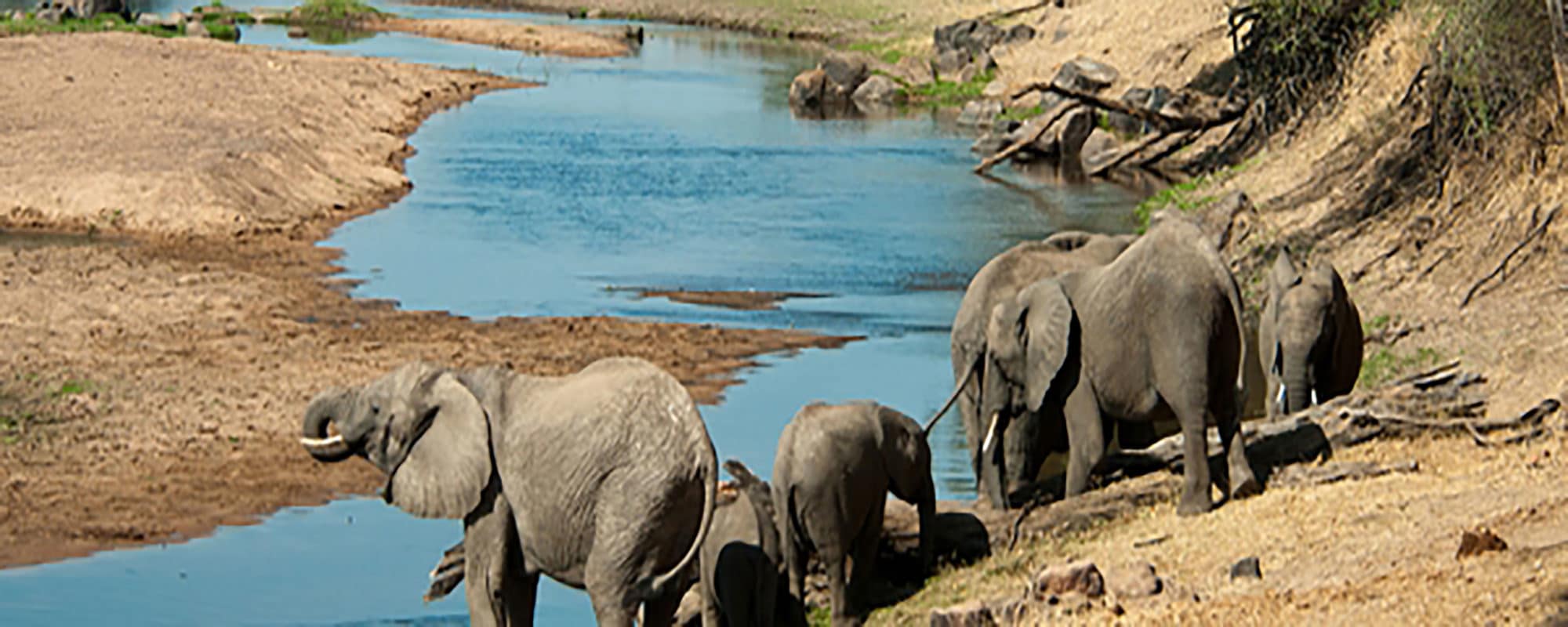
The first is rhinos.
Any opportunity to view a rhino should be celebrated. Most tourists leave without seeing this ancient creature because of how uncommon it is. The black rhino, a relative of the white rhino, calls Tanzania home. In their native environments, black rhinos are found only in three national parks in Tanzania: Serengeti, Ngorongoro Crater, and Nyerere.
Our guide informs us that black rhinos prefer to hide in thick bushes, so we frequently drive through those areas when we want to see them. Professional Serengeti rangers keep an eye on the Moru Kopje, where rhinos may be found. Due to its diminutive size, the crater is ideal for sightings, while Nyerere’s virgin woodlands provide surprising encounters. Mkomazi National Park is home to a rhino sanctuary project where visitors may observe these majestic creatures in their natural habitat.
Tanzania, particularly the Serengeti, Nyerere, and Ngorongoro, was home to a plethora of rhinos prior to their population decline in the 1980s. Their numbers dropped precipitously due to poaching as the demand for their valuable horns increased dramatically.
No. 2: Lions of Africa.
The lion population in Tanzania is the greatest on Earth. With an estimated 15,000 lions, the nation is home to half of Africa’s lion population. Because of this, the majority of visitors travel here in the hopes of seeing a pride of lions.
It is guaranteed that you will see a lion in Tanzania. Approximately three thousand lions roam the expansive Serengeti grassland, making it the ideal area for lion sightings. Up to forty individuals make up the big prides you may observe here. You may easily spot them lounging about and hunting in the Seronera Valley. There are around 70 lions in the nearby Ngorongoro Crater.
Lions abound in Ruaha and Nyerere, two other Serengeti regions. About seven thousand lions, organized into big prides, call this habitat, renowned for its isolation, home. You’ll also find plenty of photo ops in these parks, thanks to their picturesque landscapes.
The tree-climbing lions that live in Lake Manyara are a unique species. These uncommon dogs can be seen in a handful of places, such as the adjacent Tarangire National Park and Uganda’s Queen Elizabeth National Park.
3. Primate monkeys.
It is a must-see for most tourists to see these enormous wild primates. They are one-of-a-kind beings from the tropical jungles of the Congo because their DNA is so similar to ours. On our selection of the top three creatures to see during a safari in Tanzania, they come in at number three.
Gombe, Mahale Mountains, and Rubondo Island National Parks are all part of the western safari circuit, where you may observe these animals. On a chimpanzee hiking safari in Mahale or Gombe, you may see these primates for an hour. Because habituation is still going on, chimpanzee hikes on Rubondo Island are not possible just now.
4. Dogs native to Africa.
A rare and extraordinary sight, these painted hunting dogs. In southern parks, like as Tarangire and the Serengeti, their number is enormous, whereas in northern areas, such as the Serengeti, they may be scarce. Wild canines often congregate in groups of twenty to thirty members, known as packs.
The two areas with the highest concentrations of wild dogs are Ruaha and Nyerere. When it comes to hunting, these little painted dogs are unrivaled. When hunting, they work together to bring down even the largest animals, such as zebras and wildebeests.
Leopards found in Africa.
Among the most elusive species to see on a Tanzanian safari is the leopard. The acacia and sausage trees provide the perfect perch for this secretive feline to have a long, catnap. Consequently, you run the risk of losing track of them, particularly if you’re rushing.
But leopards are most active in the wee hours of the morning and the dark of night. You could be lucky enough to see this hunter in action if you get up early enough. To stay cool in the middle of the day, they always conceal until nightfall or later in the evening. The Serengeti, Ruaha, Nyerere, and Tarangire are the top spots to see leopards in the wild.
6. Caracals.
Peeks and long-grass plains are cheetahs’ favorite habitats. Additionally, these huge cats are adept at climbing trees, which they use for both hiding from the heat and seeing potential food. Approximately 550 cheetahs make up Serengeti’s encouraging cheetah population. In the middle plains, close to the Seronera Valley, you may find them in plenty. Ngorongoro Crater, Nyerere, and Ruaha are other possible locations to meet them.
Cheetahs are well-known for the way they hunt. After a long period of stalking, they would suddenly and violently assault their target. Furthermore, they will pursue their victim at incredible speeds if they are unsuccessful. Even though they’re the swiftest land animals, they can’t always catch anything that sneaks into woods or impenetrable forests.
Lichtenstein’s hartebeests; 7.
Most parks in the north do not have these huge antelopes. They look stunning because to their distinctive features, which include rounded shoulders, a sloping back, and a long, thin head. The Tanzanian parks of Ruaha, Nyerere, and Mikumi all have them.
Small herds of no more than ten animals are typical for these antelopes. A big territorial bull leads the herd and drives out smaller bulls when mating season rolls around. They do well in areas that have an abundance of water.
And that’s not all!
Amazing animals may be found in Tanzania. This will become clear to you when you visit this beautiful nation. Species you hope to see are likely already on your list. Please inform our guide so that he can accompany you. Let our professional adventure planners assist you in organizing your wildest dreams. Reach out to us via phone.
